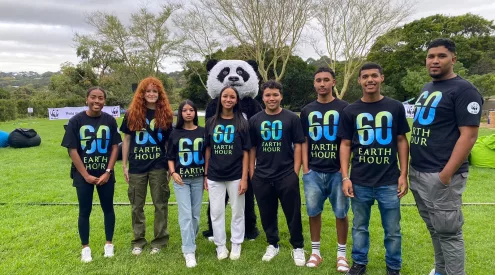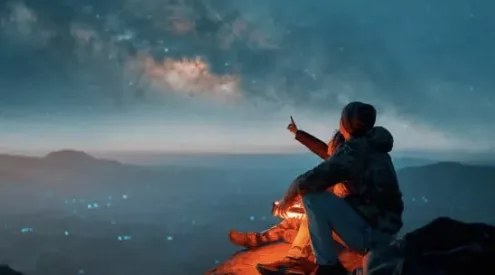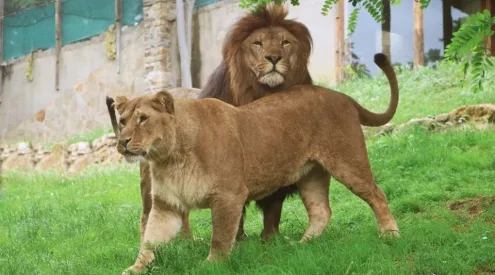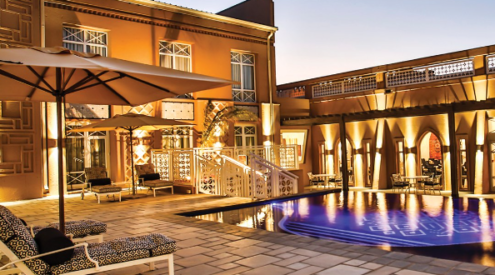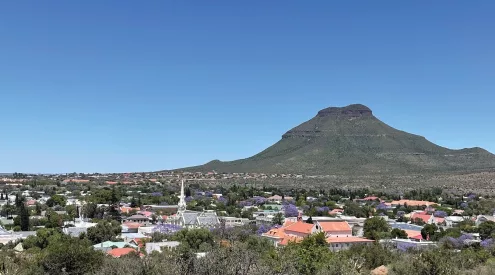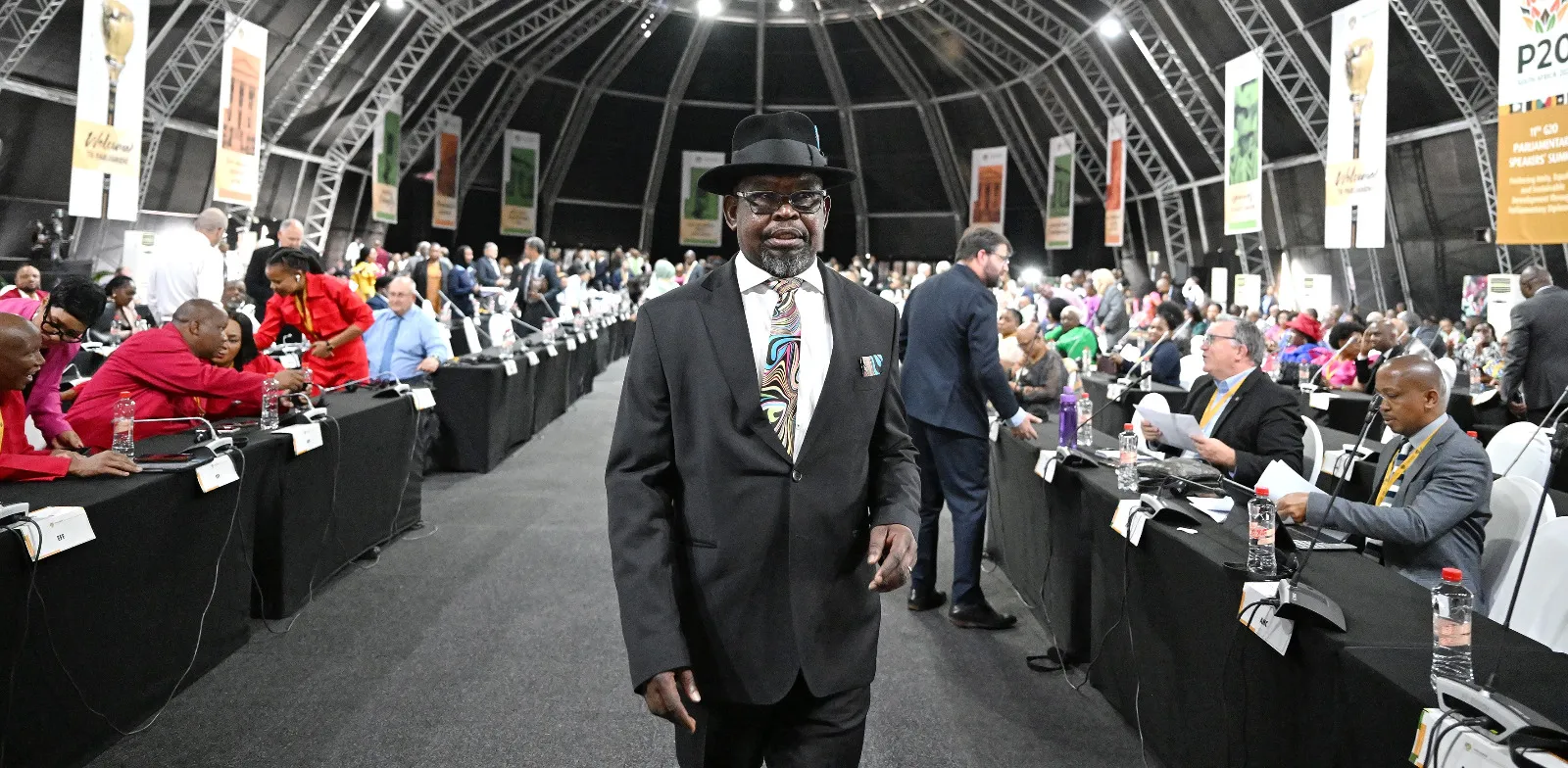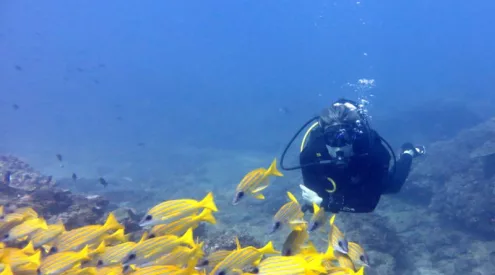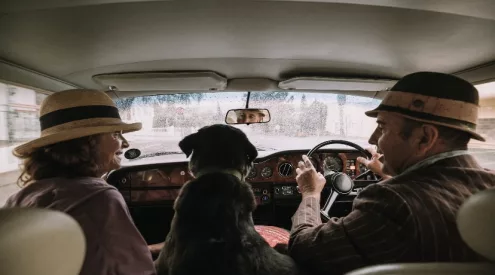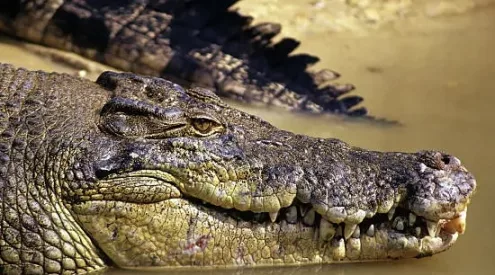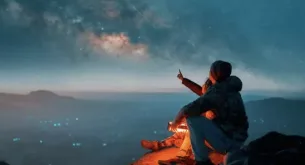While travelling around the state of Uttar Pradesh we went to the ghost city of Fatehpur Sikri, forty kilometres from Agra – the short-lived capital of the Moghul empire in the 16th century. This Unesco world heritage site is an amazing red sandstone complex of ruined fort, palaces, pavilions, stables, mosques, garden and harem – built by Akbar the Great who moved from Agra and lived here from 1571 to 1585. Most tourists visit on a daytrip from Agra – the hilltop setting is enchanting.
The emperor was fond of playing games. He used to use his concubines as human pieces in a giant chessboard game in the courtyard – an ancient game called pachisi rather like ludo. He also played blindman’s buff with his harem in another enclosed area where they couldn’t get away! Today, childless couples come to the tomb of the Sufi mystic and tie red threads and scatter petals on the jalis – the fine lattice screens at the large mosque built in 1571.
We visited Fatehpur Sikri in Rajasthan on an auspicious day. We were in the right place at the right time. A group of schoolchildren and devotees led a huge march through the town beneath the old citadel to celebrate Mohammed’s birthday – it was very colourful. We watched from a rooftop restaurant while eating wonderful local north Indian curries – India is like a colourful, noisy pageant which passes you by.
The stark, arid desert landscapes of Rajasthan are famous for their hot, spicy cuisine – especially treats like pakora, puri’s, parathas and bati’s (baked balls of wholewheat flour) served with lentil dhal. No fish inland here but plenty of chicken, mutton and goat curry – all dry-cooked without water – desert beans, okra and stuffed bitter gourd.
We lunched with the locals at one of the oldest restaurants in Jodhpur – LMB founded in 1727, and rebuilt as a stylish art deco café in1954. They only serve sattvik (pure vegetarian) food – and don’t use onion and garlic which excite your base emotions. A statement on the menu says, “We don’t serve food which is half-cooked, half-ripe, inspid, putrid, stale, polluted or impure. Lord Khrisna condemns unwholesome food – and recommends food which promotes longevity, intelligence, sweet and naturally agreeable!” In fact, LMB is one of the most famous sweet shops in all of India.
Heading overland further north to Bikaner – another of the princely city states of Rajasthan on the ancient caravan trade route – we visited the Karni Mata Temple: The Temple of Rats! Rats rule at this 600 year-old Durga temple which draws pilgrims from all over India – especially newly-weds who want to be blessed with fertility.
Thousands of holy rats live in the temple – and are fed holy offerings (buffalo milk, coconuts and cake) every day. If a rat (known as kabas) runs over your bare feet – no shoes in the temple – you’re blessed, and if it’s a white rat or if you eat a local cake with holy rat saliva, well you’re trebly blessed! The rats are all reincarnated dead storytellers so I had to go there to see for myself. The marble and temple doors are all carved and sculptured with luminous little rats – and the lives ones are very clean and curious. Willard would love it here. Rats get such a bad rap. It’s just not fair.
Bikaner is also famous for its 16th century red sandstone Junagarh fort and 37 palaces, temples and pavilions – which is furnished with exquisite thrones, bedrooms and balconies decorated with priceless Delft and ming porcelain tiles – as well as a museum which shows how the maharajas used to live in style with golden swings, biplanes, sedan chairs and even a carriage from the maharaja’s own royal train! We stayed at Karni Bhawan Palace, one of the Maharajah’s original art deco palaces!
We finished our exhilarating Intrepid tour in Udaipur, the most romantic city in Rajasthan set on the shores of a giant lake. The water palaces, ferry rides, hotels and rooftop restaurants on the waterfront reminded us of Venice. Our travelling party of Australians, Canadians and South Africans had become good friends on the road.
Intrepid Travel seems to cater especially for single women and men, as well as older couples and experienced travellers in the 30-65 age group. The tours are affordable in Rands. We paid around R15 000 for a fortnight’s tour in the top comfort category including accommodation, transport, transfers, guides, entries to most attractions and some meals. They offer personalised small group tours to many parts of India. It’s great value for an incredibly authentic experience of India. The cost varies depending on whether you do a basic, original, family, adventure, comfort or independent tour.
We also learned how to avoid the spitting taxi drivers and locals who chew paan/betel nuts and let it fly! Keep your windows rolled up.Here comes another great gob!
* Graham Howe flew to India on Jet Airways (www.jetairways.com). He was a guest of Intrepid Bundu South Africa, tel: 087 985 2798, www.intrepidtravel.com or email [email protected]

